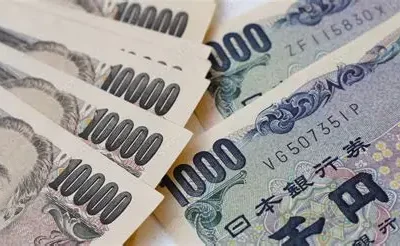The China National Intellectual Property Administration (CNIPA) has taken further regulations on trademark usage in China. From 2022 onwards, new rules have been into place that emphasise the detection of fraud and the infringement of laws related to illegal trademark acts in China. This is done to improve the security of private trademarks. The requirements and supervision of using trademarks have become increasingly strict. What do foreign manufacturers need to take into account?
The publication of the regulations at the end of December 2021 by the CNIPA aims to strengthen the protection of intellectual property (IP). This publication builds on the trademark laws which are in effect from December 1, 2019. The amendments of the latter relate to the usage of a trademark, claims for damage and opposition to illegal trademark applications. This “new trademark act” focuses on the following three aspects mainly anchored in the Chinese trademark law articles 4, 19 ,33, 63 and 68:
- Trademarks must be registered and must be proven to not be used previously before registering.
- Three months after registering the trademark, opposition to this application can be filed at the Chinese Trademark Office.
- In serious infringements, the statutory damages are RMB 5 million (€711 thousand) and can equal up to five times the actual damage suffered. The counterfeit goods produced under this trademark can get destroyed by the People’s Courts without compensating the counterfeiter. This can only happen at the request of the original trademark.
Whereas these regulations already try to defend the IP of an original trademark or brand, the newly introduced rules improve the security and strictness of intellectual property (IP) in China. The brands themselves need to adhere to around ten new enforcement criteria to further diminish the stealing of IP in China. These regulations are all established according to the Chinese Trademark Law and can be found under the articles 6,10, 43, 49, and 52:
- Infringement by (not) using a registered trademark. Chinese Trademark Law acknowledges registered brands in European Trademark Law.
- Infringement by signs which may not be used as a trademark.
- The term “well-known mark” may not be used in commercial activities
- The trademark licensee is not allowed to fail to indicate its name and the origin of the goods
- Infringement is where the trademark applicant, in the course of using the registered trademark, changes the registered trademark, name, address or other registered particulars of the applicant on its own initiative.
- Infringement by using unregistered trademarks as registered trademarks
- Violation of provisions on the registration and administration of collective marks and certification marks, and failure to comply with obligations to administer collective marks and certification marks.
- Violation of the provisions for the administration of trademark printing and failure to fulfil the duties of trademark printing administration.
- Infringement through malicious application for trade mark registration.
- Other infringements of the trade mark administration order
Especially interesting for foreign manufacturers are articles 14 and 23 of the new regulation.
- According to rule 23, using a trademark which is not registered in China but instead is registered somewhere else in the world (e.g. Europe), the owner gets seen as a trademark infringer in China.
- If an unregistered trademark with multiple meanings is used, this may be considered a breach of the rules (Rule 14). This is the case whenever the Chinese public gets the impression that this particular sign cannot be used as a trademark according to Article 10 (6-8).
- Signs referring to ethnically discriminatory persons.
- Signs that can make the public misunderstand the product (e.g. quality, place of origin).
- Signs that go against socialist morals and norms.
To conclude, the rules in China are becoming stricter in order to tackle the theft of intellectual property. However, while these rules are good for foreign investors, they still need to be careful to not use a European-registered trademark without registering it in China. Further, the signs and articles can be interpreted differently in a cultural context. We recommend interpreting these in the broadest sense and trying to avoid risk at all costs. Infringement in China can be expensive and troublesome.
Sources:



